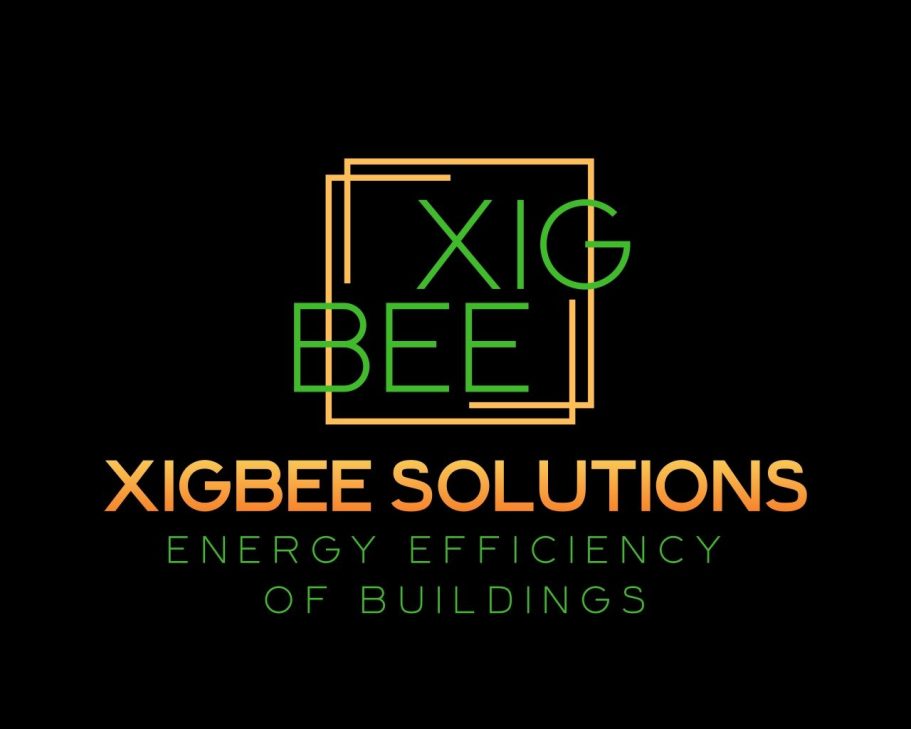Energy Efficient Heating, Lighting and Smart Controls
Efficient Heating
Traditional methods of gas, oil and convection electric heating have their merits as far as supplying heat. But infrared heating stands out as being one of the most cost effective energy efficient forms of heating.
Save £££'s
Energy Lighting
LED and CFL lighting is more efficient than traditional bulbs, but LEDs are generally more efficient, last longer and are more versatile.
Save £££'s
Smart Controls
Smart controls, such as digital thermostats and lighting sensors. These controls help lower consumption and save money on energy bills, there by improving a properties energy efficiency and sustainability.
Save £££'s

The future of Wi-Fi smart controls in the UK is promising, with advancements in AI, IoT, and 5G technology set to enhance smart home capabilities and energy efficiency. Increased interoperability, AI-driven automation, and a focus on sustainability are key trends shaping the future. This includes more personalized user experiences, improved energy management, and seamless integration across different platforms.
1. Enhanced by AI:
Personalized Experiences:
AI and machine learning will enable smart home systems to learn user preferences and behaviour's, automating tasks and optimizing settings for our individual needs.
Improved Energy Efficiency:
Smart thermostats, for example, may use biometric data (like facial recognition or wearable sensors) to adjust temperatures based on individual preferences and occupancy, leading to higher energy bill savings.
Smarter Automation:
Devices will be able to make decisions based on data analysis, leading to more efficient energy consumption and a better user experience.
2. Increased Interoperability and Integration:
Seamless Communication:
Future smart homes will prioritize compatibility and communication between different devices and platforms.
The Internet of Things (IoT):
The rise of IoT will connect an increasing number of appliances, creating a more integrated and easily controlled home system.
Matter Standard:
The Matter standard, designed for interoperability, is expected to become the standard for connected homes, simplifying smart home integration.
3. Focus on Sustainability:
Energy Efficiency:
Smart home technology will increasingly focus on energy management, allowing homeowners to monitor usage in real-time and make informed decisions to reduce their carbon footprint.
Reducing Waste:
Smart controls can help optimize heating, lighting, and other systems, minimizing energy waste and contributing to national initiatives to reduce carbon emissions.
Environmental Awareness:
Growing awareness of climate change and the desire for a more sustainable lifestyle will drive the adoption of smart home technology.
4. Advancements in Wi-Fi Technology:
Wi-Fi 6 and 7:
Wi-Fi 6 and the upcoming Wi-Fi 7 will offer faster speeds, enhanced security, and improved performance in crowded environments, supporting advanced applications like VR and high-definition streaming.
Multi-link Operation (MLO):
Wi-Fi 7's MLO feature allows devices to connect across multiple frequency bands simultaneously, enhancing reliability and reducing latency.
Li-Fi:
While still emerging, Li-Fi (using light to transmit data) promises significantly faster speeds than Wi-Fi.
5. Increased Adoption and Awareness:
Growing Smart Home Market:
The UK smart home market is experiencing significant growth, with a large percentage of homes already incorporating smart devices.
Government Initiatives:
Government initiatives and policies aimed at promoting energy efficiency and reducing carbon emissions will further drive the adoption of smart home technology.
Consumer Demand:
Increasing awareness of the benefits of smart homes, including convenience, energy savings, and improved security, will drive further adoption.
So, the future of Wi-Fi smart controls in the UK is bright, with advancements in technology, growing awareness of the benefits, and government support all contributing to a more connected, efficient, and sustainable living environment.


